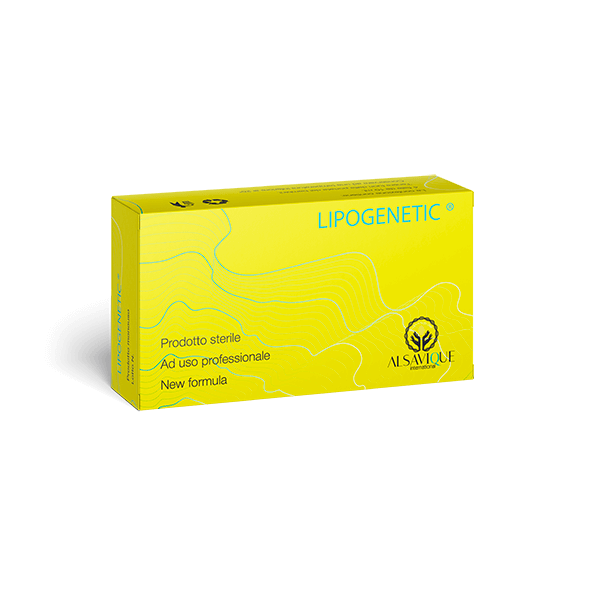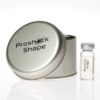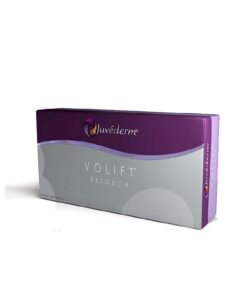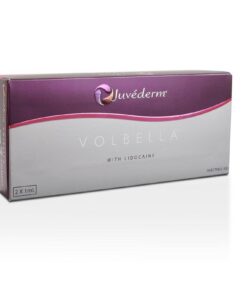Alsavique. Lipogenetic 1 vial*50ml.
Is a product aimed at the regeneration of fat that allows you to return all the volumes lost during aging.
The product uses the biological principle according to which an excessive increase in the volume of adipocytes leads to the activation of the stem cells of adipose tissue with which it is so rich.
You need to be registred
For professional use only
To see the price of this product, you need to register
Over time, during the aging process, we lose physiological volumes, including adipose tissue.
LIPOGENETIC uses the biological principle according to which an excessive increase in the volume of adipocytes leads to the activation of immobile adipose stem cells.
Previously, to activate the lipogenesis process, it was necessary to manually prepare a drug for its activation. For this, 1 ml of a 5% glucose solution was to be mixed with fast insulin.
Accumulation of triglycerides causes an increase in cell volume due to an increase in intra-dipocyte vacuoles. An adipocyte is able to significantly increase its volume to collect energy in the form of triglycerides. But when its volume is very large (over 170% of normal volume), the adipocyte stimulates the formation of new adipose tissue. The stimulus to mitosis and the differentiation of the preadipocytes mainly follows an increase in the insulin rate due to the suppression of the hypertrophied adipocyte receptor and the release of IGF-1.
LIPOGENETIC has been developed to make the lipogenesis procedure more practical, faster and easier. Replaces insulin IGF-1, necessary for the stimulation of adipose tissue stem cells and acts on the same receptor for intracellular insulin. IGF-1, studied for amino acid composition, is synthesized in the laboratory. The composition also contains isobutylmethylxanthine, capable of activating the PPAR range different from insulin, which in turn activates adipogenesis and the formation of new adipocytes.
The drug is absolutely safe.
LIPOGENETIC is useful to physiologically replace fillers. Once the maximum physiological volume of adipose tissue has been reached, the mechanotransduction processes allowed by the matrix / cell compound will regulate the multiplication of adipocytes to maintain a constant volume.
During the regeneration of adipose tissue, we use a direct activation session (ROS) every three months and indirectly, once a month.
Lipogenesis can also be used in all areas where it is necessary to regenerate adipose tissue:
– face
– hands
– normalizes the physiological volume of the breast, which has lost its shape due to aging or weight loss. The mechanotransduction process will support a physiological, genetically determined volume.
– it is possible to correct undulatory irregularities after the mastoplasty.
COMPOSITION
Fase 1: Aqua, Sucrose, Benzyl Alcohol, Hydrochloric Acid, Sodium Hydroxide, Ferrous Gluconate
Fase 2: Aqua, Sodium Ascorbate, Disodium EDTA
APPLICATION AREAS
FACE:
– areas that have lost volume
– Hands
BODY:
– Breast that has lost volume due to aging or weight loss
– breast ptosis correction of irregularities
INSTRUCTIONS FOR USE
If necessary, repeat the procedure after 7 days. The course consists from, approximately, 1 to 6 procedures.
| Category |
|---|
Related products
Fillers
Fillers
Fillers
Fillers
Fillers












